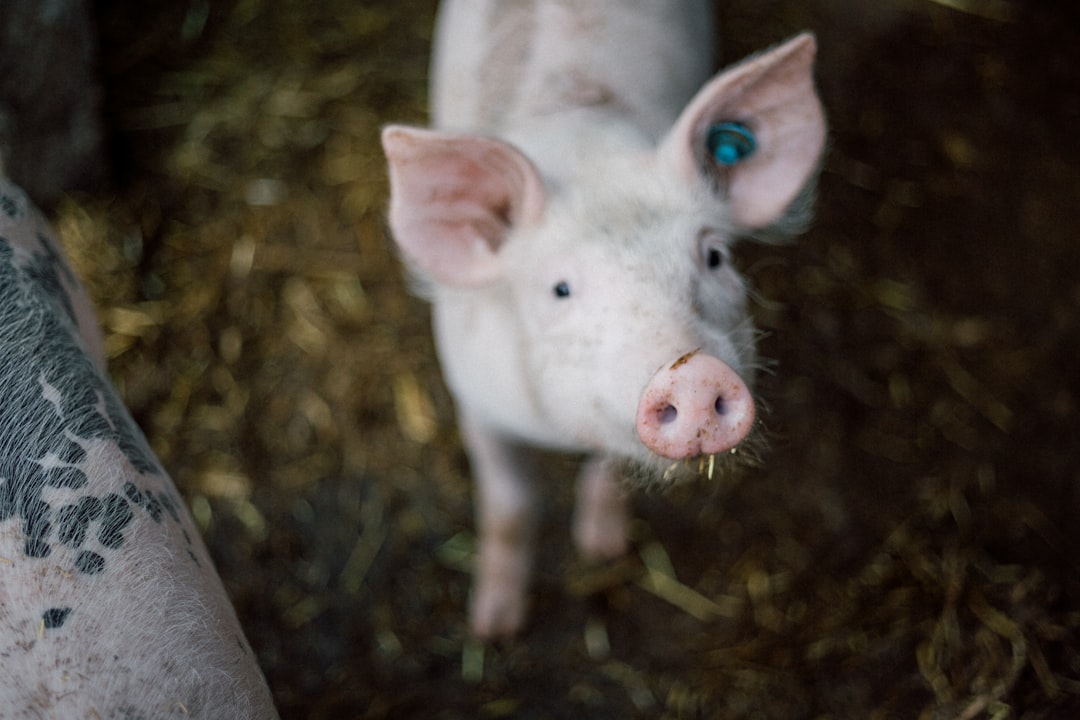What is it about?
Cells in biological images can look very different - making general techniques to segment them very challenging. Here, we show that in the case of live-cell images (time-lapse movies), the motion of the cells themselves offers a simple, but powerful solution to create a general technique to segment cells using optical flow.
Featured Image

Photo by National Cancer Institute on Unsplash
Why is it important?
Extracting data from biological images is a corner stone of biological research, yet notoriously difficult given how diverse cells can appear. Many techniques rely on specific image characteristics, or vast amounts of labeled training data as strategies to achieve general techniques. Here, we show that a relatively simple use of optical flow offers a robust means to segment single cells. This technique is intuitive, computationally inexpensive, and out performs contemporary techniques.
Perspectives
The past decade has seen the advent of Big Data and Machine Learning (ML) into the realm of biological image analysis. These techniques often require dozens to hundreds of thousands of human annotated labels compiled into training sets, and are still brittle when applied to images that "look different" than the training sets. This paper showcases that by simply leveraging the motion of living cells, accurate segmentation is achieved with comparable accuracy as ML based methods.
michael robitaille
Naval Research Laboratory
Read the Original
This page is a summary of: Robust optical flow algorithm for general single cell segmentation, PLoS ONE, January 2022, PLOS,
DOI: 10.1371/journal.pone.0261763.
You can read the full text:
Contributors
The following have contributed to this page










